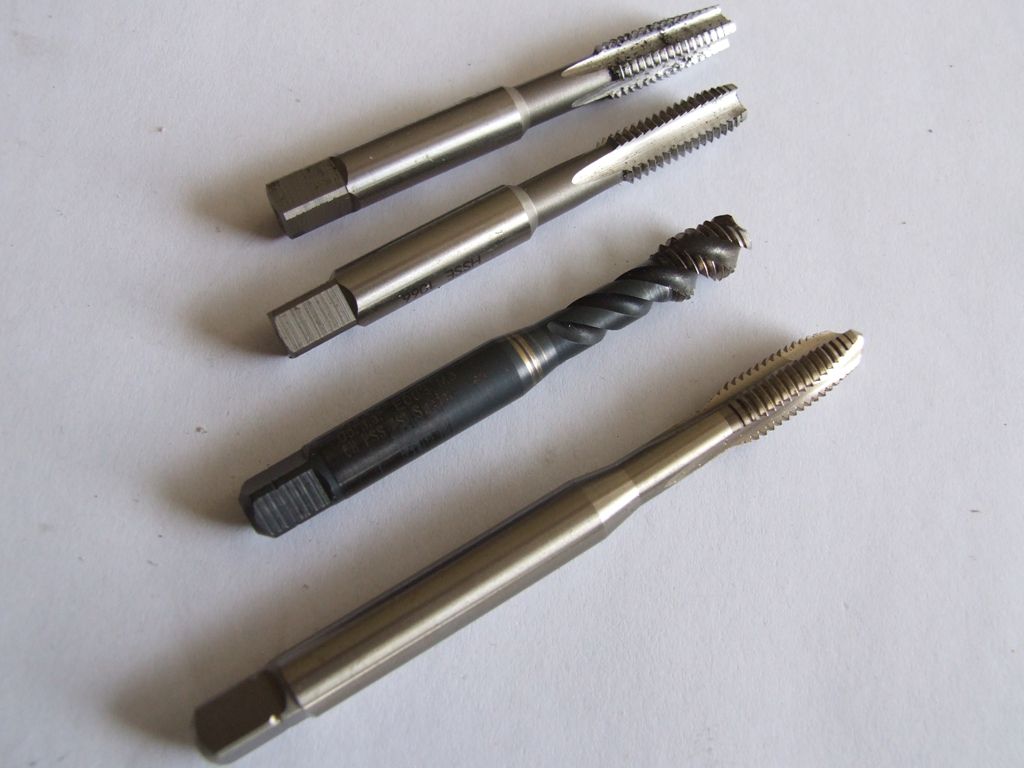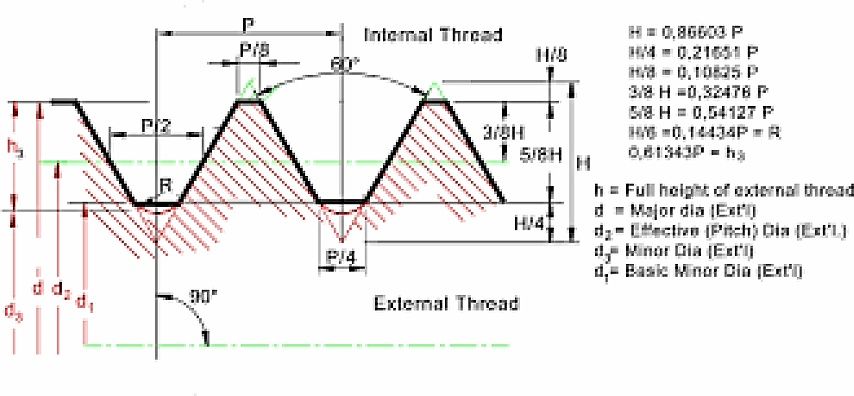Here's a picture of some M8 taps:

The top tap is M8 taper, next one down is M8 bottoming. I don't bother buying 2nd taps as I never use them. The third tap from the top is M8 spiral flute – should be obvious why! The tap at the bottom is M8 spiral point (known in the US as a gun tap).
The spiral flute tap is intended for blind holes, it usually taps within a couple of thread pitches of the bottom of the hole. The spiral flutes push the swarf upwards and out of the hole. In ductile materials you get three continuous ribbons of swarf exiting the hole.
The spiral point tap is intended for through holes. The cutting edge is angled such that it pushes the swarf down and away from the tap, and out of the bottom of the hole.
Although spiral flute and spiral point taps are intended for machine tapping they work perfectly well when used by hand. They have better swarf clearance so may be slightly less prone to breakage than hand taps. However, you still need to take care over the size of the tapping hole or they will jam and break. Generally I buy spiral flute taps as one tap then does everything.
I don't know if ME suppliers deal with spiral flute and spiral point taps, but any commercial/industrial tool merchant will stock them. In the UK I use Drill Service for mail order.
Andrew
 mark costello 1.
mark costello 1.







